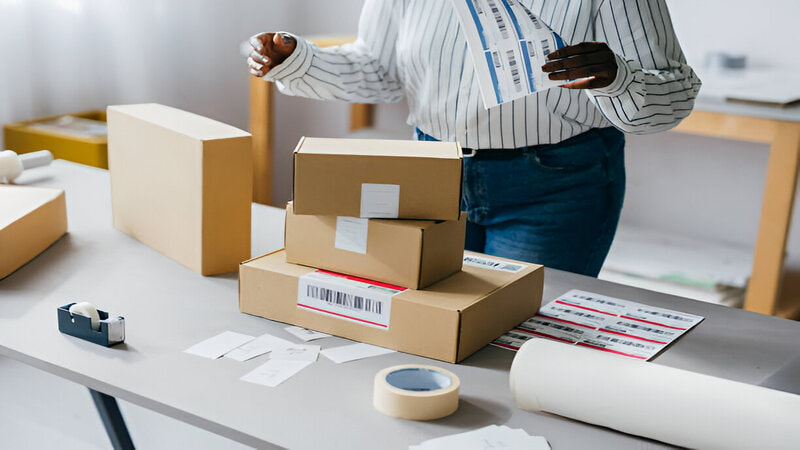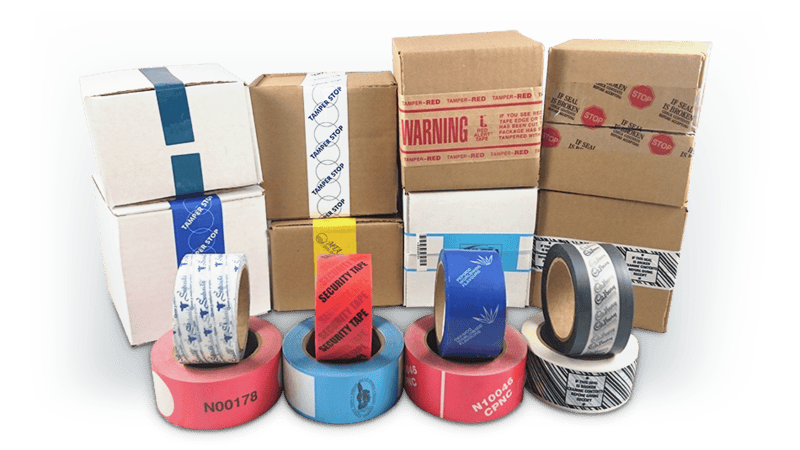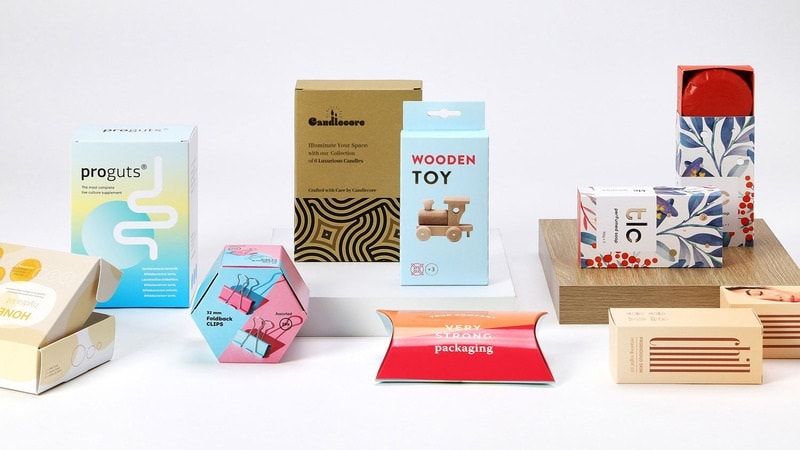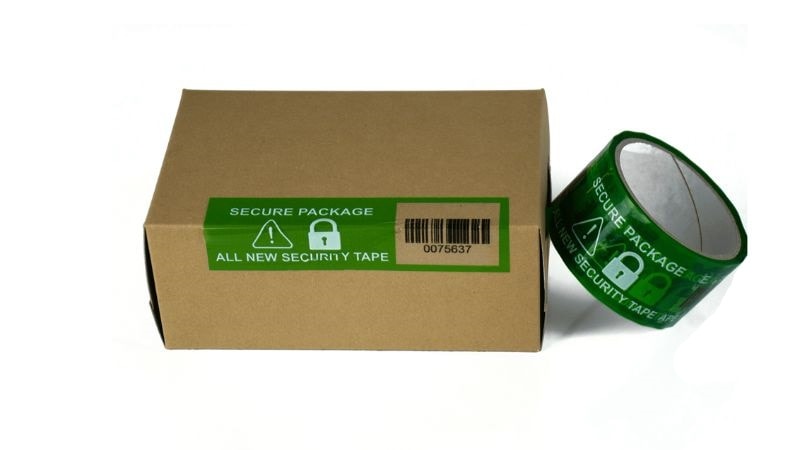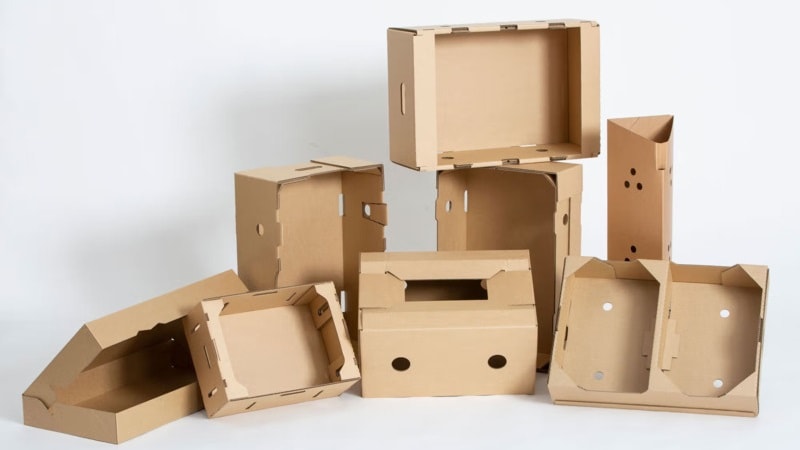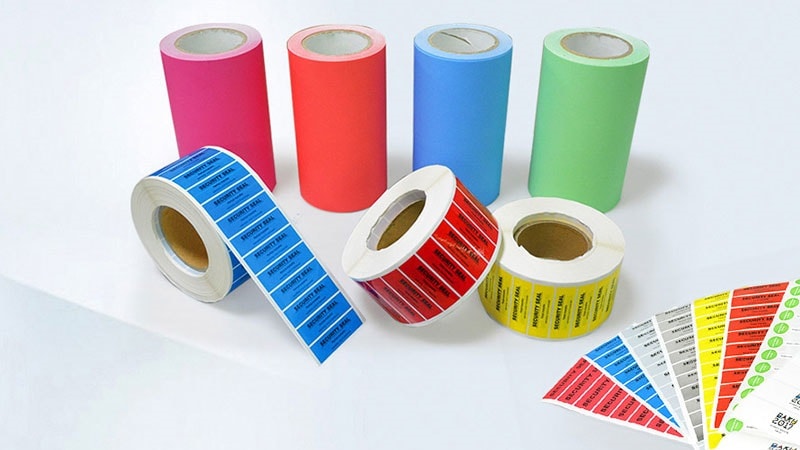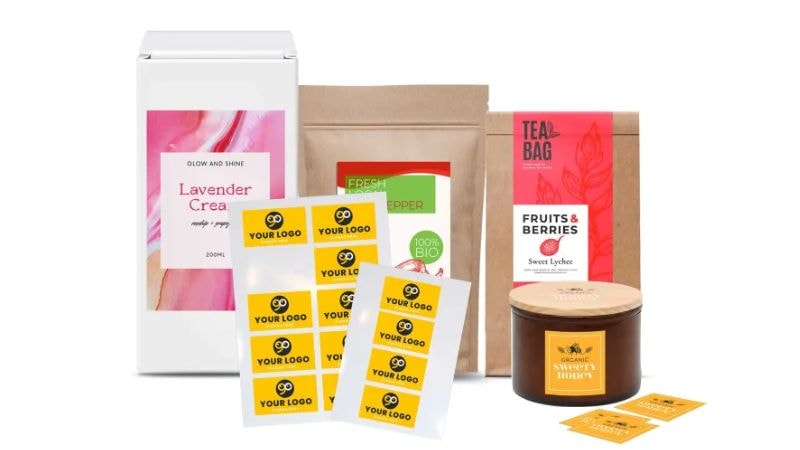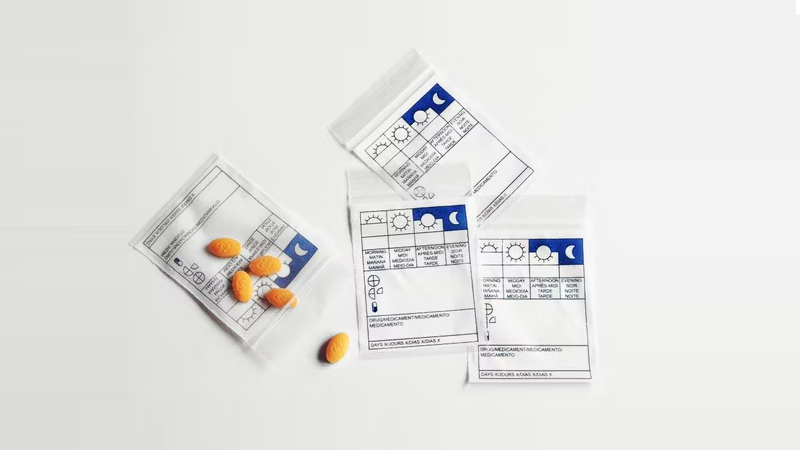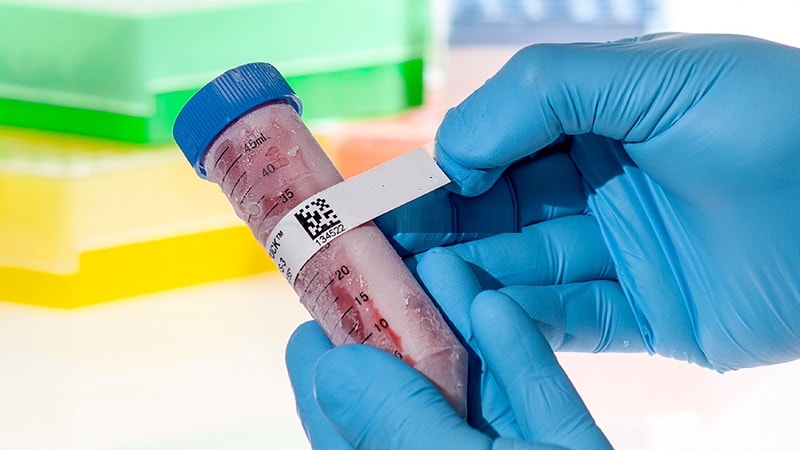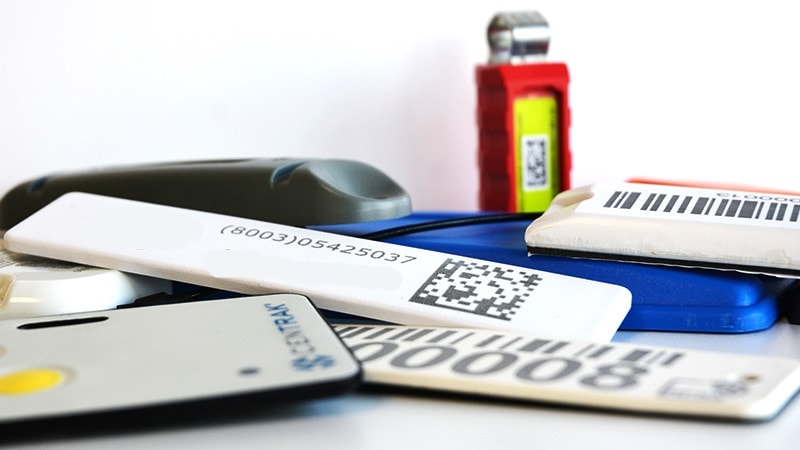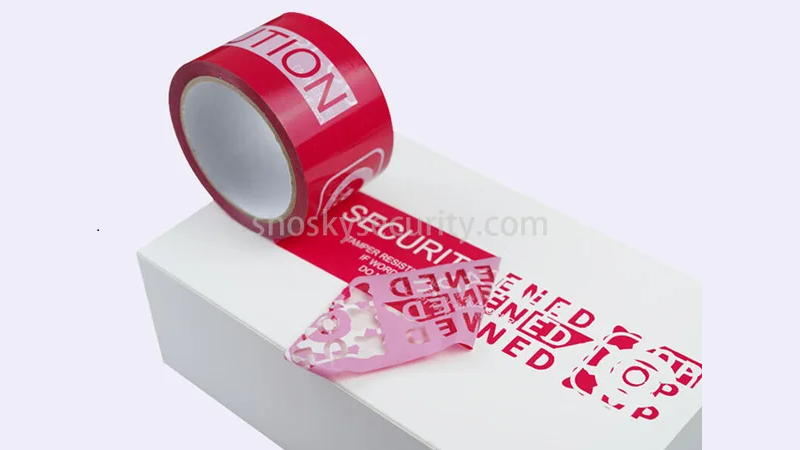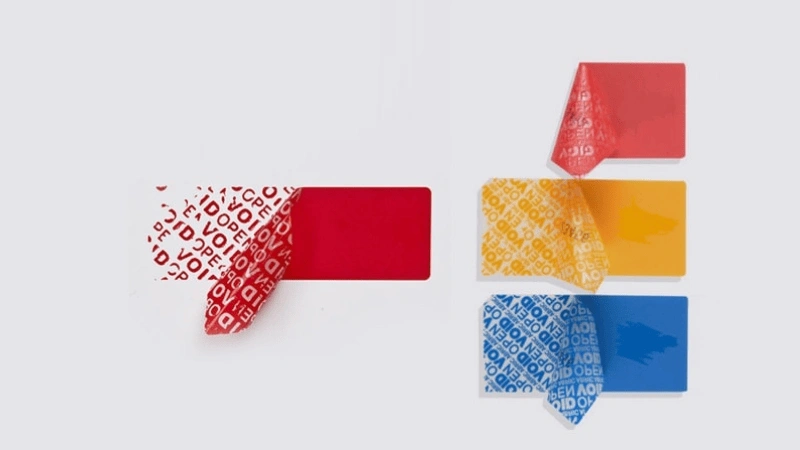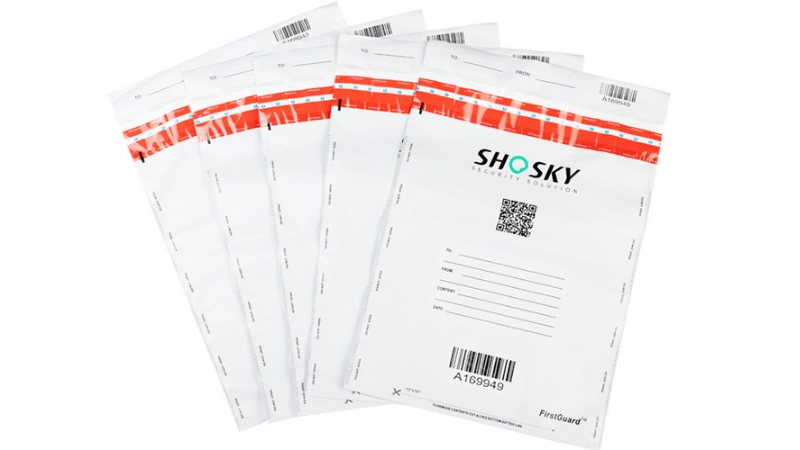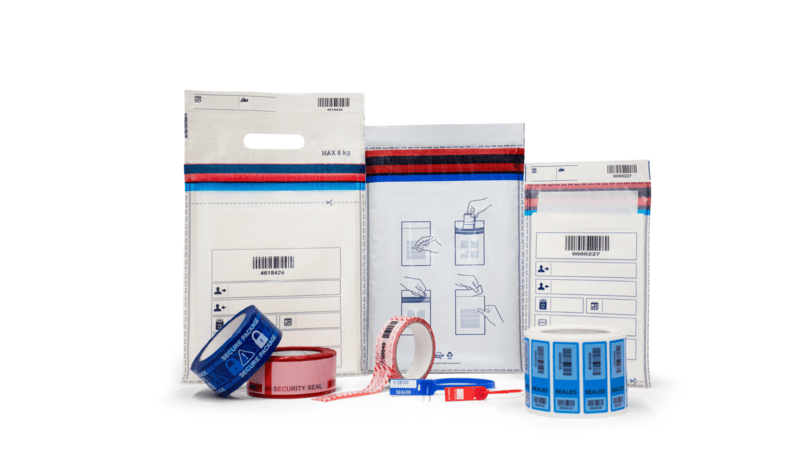Product security is a growing concern for businesses and consumers alike. Tamper-evident packaging provides an added layer of protection by making unauthorized access immediately visible. But while it enhances security, it also increases costs.
So, is the extra price justified, or is standard packaging enough to keep products safe? Understanding the cost differences and long-term benefits can help businesses make an informed decision. This article takes a closer look at whether the added security justifies the price.
What is Tamper-Evident Packaging?
Tamper-evident packaging is a packaging type that provides clear signs of interference when someone tries to open it. This tamper-evident solution prevents contamination and fraud. And it is widely used in food, pharmaceuticals, cosmetics, and electronics industries—where product safety and authenticity are critical.
The key characteristics of tamper-evident packaging include:
- Built-in barriers: Seals, shrink bands, or breakable caps prevent unnoticed access.
- User-friendly design: Easy to open while ensuring security.
- Maintains freshness: Protects food products from contamination.
- Other tools for security: Features like holograms and QR codes enhance authenticity.
Tamper-evident packaging ensures products remain untouched before purchase. It builds customer trust by showing visible signs of tampering. Though it may be time-consuming to apply and costly, it improves safety and efficiency in distribution.
What is Standard Packaging?
Standard packaging refers to traditional product packaging that protects items during storage and transportation. However, it lacks built-in tamper-proof features to indicate tampering. It is commonly used in industries where security concerns are minimal.
The common uses of standard packaging include:
- Protection: Prevents damage during shipping and handling.
- Containment: Keeps products secure for storage and distribution.
- Information display: Displays branding and product details.
- Shelf presentation: Enhances retail presentation.
Many industries opt for standard packaging, which includes food, basic cosmetic products, household goods, electronics, and retail items like clothes. But here: affordability = security risks. Someone can easily open and reseal it. This makes it easier for counterfeiters to replace products or tamper with them. For high-security products, it may not be a good choice.
Comparison of Tamper-Evident and Standard Packaging
Choosing between tamper-evident packaging vs. standard packaging depends on security needs, industry requirements, and consumer trust. Here’s a detailed comparison table:
| Aspect | Tamper-Evident Packaging | Standard Packaging |
|---|---|---|
| Security Features | Seals, shrink bands, void labels, breakable caps | No seals; can be reopened |
| Tamper Indicators | Shows clear signs like torn labels, broken seals | No built-in indicators |
| Safety Compliance | Meets strict industry regulations | May not meet safety standards |
| Material Composition | Uses tamper-proof films, tapes, seals | Standard plastic, cardboard, glass |
| Design Complexity | Multi-layered with security elements | Simple and cost-effective |
| Reseal ability | Single use; prevents resealing | Can be resealed without signs |
| Durability | Stronger to prevent access | Designed for storage, not security |
| Cost | Higher due to security features | Lower, suitable for mass production |
Cost of Tamper-Evident Packaging
The cost of tamper-evident packaging varies based on the packaging materials used in it, its design complexity, and industry regulations. While it requires a higher initial investment, it helps prevent theft, counterfeiting, and contamination.
Here’s a rough idea about the prices:
- Stickers or labels are super cheap. They cost around $0.01 to $0.05 per unit.
- Shrink bands for bottles are a bit pricier, starting at $0.02 to $0.10 per unit.
- Security tape price falls between $0.05 and $0.20 per unit.
However, buying in bulk helps reduce costs. Many trusted suppliers offer discounts for large orders, lowering the price per unit. Bulk orders also cut down shipping and handling costs. Businesses that use a lot of packaging can negotiate better deals. Planning ahead and ordering in bulk makes tamper-evident packaging more affordable.
Cost of Standard Packaging
Standard packaging is an affordable option. It is also known as frustration-free packaging, as it usually includes cardboard boxes, or plastic wraps that are easy to apply. The final cost depends on the packaging material, size, and order quantity. While it saves money, it doesn’t always offer enough protection, especially for sensitive products.
Here’s a rough idea about the prices:
- Plastic bags cost around $0.01 per unit. Lightweight but offer minimal protection.
- Cardboard boxes start at $0.10 per unit. Common for shipping and storage.
- Adhesive labels or stickers range from $0.01 to $0.05 per unit. Used for branding and info.
These materials work well for general packaging needs but offer little defense against tampering or theft. Businesses that require extra security may need to invest in additional protective measures, increasing overall costs in the long run.
Benefits of Tamper-Evident Packaging
The rise of e-commerce has contributed to the demand for secure packaging materials, as it reassures customers about the authenticity and safety of their purchases. That’s where tamper-evident packaging shows its magic. It offers many advantages:
Keeps Products Safe
Some products need extra care to stay safe. Food, medicine, and cosmetics can get ruined if someone tampers with them. The packaging shows visible evidence that a product has been opened. This helps prevent harm and keeps products fresh and safe to use.
Lowers Business Risks
Tampering can cause problems like recalls, complaints, or legal trouble. If a product is changed before a customer sees it, it can hurt the company’s name. Secure packaging helps avoid these problems. Even if it costs more, it can save money in the long run.
Makes a Brand More Trustworthy
A brand that uses this type of packaging shows that it values safety. Customers feel more confident about buying from a brand that protects its products, which helps the brand grow and keep loyal buyers.
Cost Analysis: Is Tamper-Evident Packaging Worth the Extra Expense?
Saving money on packaging sounds smart—until it isn’t. Standard packaging is cheap, starting at $0.01 per unit. But what happens if someone tampers with your product? Saving a few bucks might sound like a good idea at first—until a single tampering incident leads to disaster. In 2022, businesses lost $2.3 trillion due to counterfeit products. Unlike standard packaging, tamper-evident designs show clear signs of interference.
A recall, legal trouble, or lost customer trust can cost far more than the pennies saved on packaging. Here are a few examples:
The 1982 Tylenol Crisis
One of the most notable cases of a costly accident due to a lack of tamper-resistant packaging is the 1982 Tylenol crisis involving Johnson & Johnson. In this incident, cyanide-laced extra-strength Tylenol capsules resulted in the deaths of seven individuals around Chicago.
In response to the crisis, Johnson & Johnson undertook a comprehensive recall of Tylenol, withdrawing around 31 million bottles from the market, which led to financial losses exceeding $100 million. To restore consumer confidence, the company developed tamper-resistant packaging for medicine, including a triple-sealed package that would make it obvious if tampering had occurred.
The 2018 Strawberry Contamination
Another similar case occurred in 2018. Australia experienced a significant food safety crisis when sewing needles were found inside fresh strawberries. This incident led to widespread panic and a nationwide recall of affected products. The Australian government intervened, and companies spent millions on recalls, safety measures, and rebranding efforts to rebuild consumer trust.
The incident had a substantial financial impact on the strawberry industry and highlighted the importance of tamper-evident packaging and stringent food safety measures. These examples make one thing clear: tamper-evident packaging is not an expense—it’s an investment in safety and brand trust.
When to Choose Tamper-Evident Packaging Over Standard Packaging?
High-Risk Industries (Pharmaceuticals, Food, Luxury Goods)
Tamper-evident packaging is crucial for industries where product integrity directly impacts safety. Pharmaceuticals, food products, and luxury goods need extra security to prevent unauthorized access.
Of these, the food and beverage industry is one of the prominent users of tamper-evident packaging, capturing over 35% of the market share during the forecast period. Unlike standard packaging, which lacks protective barriers, tamper-evident solutions provide visible evidence of interference.
For example, plastic clamshells and sealed paper-based options help ensure products reach consumers safely. Many products in these industries also require seals or breakable indicators to assure customers they are safe to use. So, the need of added security justifies the cost—making tamper-evident packaging a necessary choice for high-risk sectors.
Legal Requirements and Compliance Factors
Laws and regulations require certain industries to use tamper-evident packaging to protect consumers from harm. Options such as shrink bands, breakable caps, and security seals help businesses meet these compliance standards.
Regulations often specify which packaging type should be used to reduce risks. Companies choosing tamper-evident packaging gain added security and regulatory approval. Ignoring these requirements can lead to serious consequences, including financial penalties and loss of credibility.
Customer Expectations for Safety and Security
Consumers today prioritize safety when choosing products. They expect brands to use secure packaging that protects against tampering. Products sealed with one or more indicators, such as security tape or breakable seals, help build trust.
In contrast, standard packaging may not provide visible evidence of interference, making it less reassuring for customers. Besides, while some solutions use non-recyclable materials, many brands now invest in sustainability or paper-based options to meet environmental concerns. Providing customers with both security and sustainability creates long-term trust and brand loyalty.
Common Types of Tamper-Evident Packaging
Tamper-Evident Tape
Tamper-evident tape, also known as security tape, is an adhesive tape that provides visible evidence of tampering. If someone tries to interfere with the packaging, the tape displays visible messages such as “VOID” or “OPENED,” indicating unauthorized access. It is used in shipping, retail packaging, pharmaceuticals, and food packaging to ensure security.
Tamper-Evident Labels
Tamper-evident labels, also known as security labels, reveal tampering by either destroying upon removal or exposing a hidden message. These labels are widely used in electronics, pharmaceuticals, and health products. The two main types are destructible labels, which break apart when peeled, and void labels, which leave permanent marks.
Tamper-Evident Bags
Tamper-evident bags feature adhesive seals or closures that cannot be resealed without leaving visible marks. They provide a secure solution for food safety, cash handling, and pharmaceuticals. The most common options include plastic security bags made from polyethylene or polypropylene, offering durability and flexibility.
Tamper-Evident Seals
Tamper-evident seals are security seals that leave a mark or break upon removal, showing that access has occurred. They are widely used in medical supplies, logistics, and government shipments. Popular options include metallic seals, plastic security seals, and cable seals, each offering different levels of security.
Best Practices for Implementing Tamper-Evident Packaging
Implementing tamper-evident packaging requires careful planning to meet security, regulatory, and customer expectations. Here are the best practices to follow:
- Select the right type: Selecting the right type of packaging solution for your product is key. And the best option depends on the product and industry rules. When selecting the right solution, make sure cost, convenience, and security are balanced.
- Proper application: Next, use proper application techniques. Make sure that seals and tapes must stick firmly to prevent easy removal. Additionally, ensure regular quality checks to ensure reliability.
- Educate the customers: Buyers should also know how to check for tampering. So, provide clear instructions on labels or websites to assist users. Arrows or “VOID” messages improve security awareness and trust.
By following these best practices, businesses can protect their products, provide a better customer experience, and stay ahead of security threats.
FAQs
What industries require tamper-evident packaging?
Pharmaceuticals, food, electronics, and luxury goods rely on it for security. It helps prevent contamination, fraud, and unauthorized access.
Does tamper-evident packaging increase shipping costs?
It can slightly raise costs due to added security materials. However, it reduces losses from theft and tampering, making it a worthwhile investment.
Can tamper-evident features be customized for branding?
Yes, many companies use branded security seals and holographic labels to enhance protection while reinforcing brand identity.
Conclusion
In a nutshell, tamper-evident packaging solutions are worth the cost! When comparing standard packaging vs. tamper-evident packaging—the key difference is security. While tamper-evident packaging may cost more, it reduces risks and long-term losses. That’s why, businesses in high-risk industries or those that prioritize safety should strongly consider it.
Secure Your Products with Shosky’s Tamper Evident Packaging Solutions!
At Shosky Security, we offer high-quality options to protect your products. From security seals to shrink bands—we provide cost-effective solutions tailored to your needs. Contact us today to learn how our tamper-evident packaging solutions can enhance your brand’s security!
